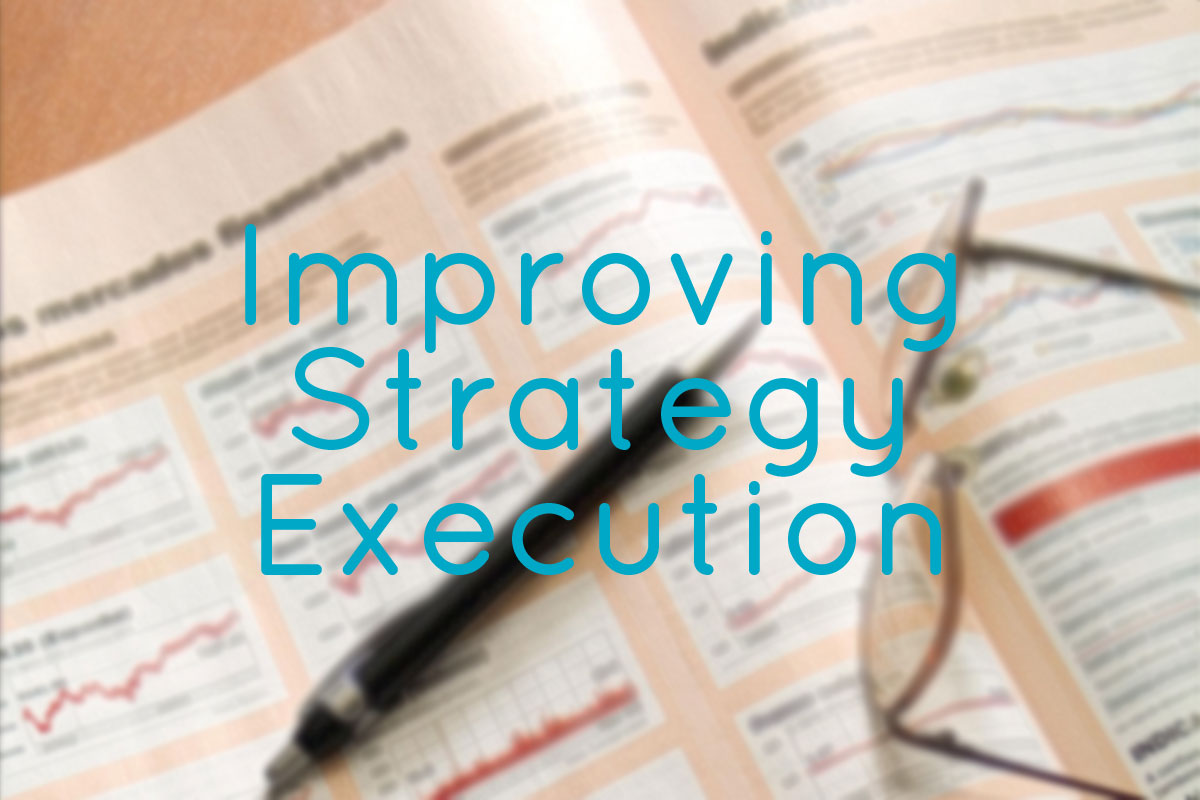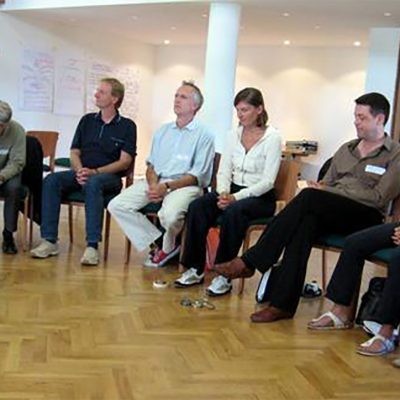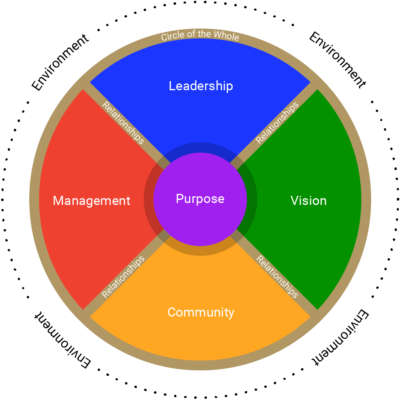
In both private and public sector enterprises, the rate of failure in executing strategies into results remains high. There is considerable effort going into developing new strategies for increasing success rates. One of the current trends to drive completion of strategic goals by using human capital analytics to identify which ‘talent’ (meaning people) had the profiles to drive to goal completion. While this is an interesting approach, it is one I disagree with.
People Are People
I cannot get into this new trend of referring to people as ‘talent’. People are people. Rich, complex and wise beings. Reducing the perspective of the great value of people to the limited view of ‘talent’ is not going to get the results that companies need. Yes, I have quite a bias about this. I value people as human beings and their total contributions.
I cannot align with the concept of ‘driving’ to goal completion. I get the image of a herd of cattle being driven. In goal completion work, we need the outliers and the innovative thinkers and the passion of people to get the job done. I don’t know how many times the least likely person is the hero in the story of goal completion. The surest way to put a barrier to the innovation that is needed is to ‘drive’ the people to goal completion. The result might be a completed goal, with a lot of undesirable outcomes and missed opportunities.
What I do believe is that it is critical at this time in our organizations to create and maintain systems and processes in our organization that invite the whole person to be fully present in their work. Systems and processes that tap into the full capacity of each individual, not just the ‘talent’ they have been identified as. Systems and processes that allow for the collective wisdom of these individuals to emerge.
The Role of People in Successful Strategy Execution
I was recently in a conversation with a leader who said ‘it is not only that the rate of failure is high, the way we do our strategic planning has quite a backlash from our employees’. She talked about the undesirable outcomes that were felt for years, getting in the way of staff morale and productivity.
We then talked about how the ‘how’ of doing strategic planning affects both successful execution of the plan and organizational culture while the plan is being worked. One factor that we both agreed happened far too often to the detriment of the organization is strategic planning fatigue.
Strategic planning fatigue happens when one or more of these factors comes into play:
- the process is long and painstaking
- the process severely limits the scope of input the people are able to contribute
- people feel their input isn’t valued…if their input is even asked for
- there is no plan for what happens when the strategic plan is completed…it just gets stuck on a shelf as a new dust-collector
When strategic planning fatigue happens, people are not engaged in actually executing the plan. They have lost sight of the purpose of the planning because the organization has been busy getting on with the work while the planning was happening. The plan can be irrelevant because the work and the world have changed so much in the time it took to be developed.
In this conversation, we agreed that there are 3 critical ingredients to be considered when gearing up for strategic planning:
- Those who implement the plan need to be involved in its construction.
- Involvement in the plan needs to be participatory in meetings set aside to construct the plan, not merely through mechanisms like surveys.
- The length of time between announcing that a plan was being constructed and finalizing the plan should take no more than three to four months.
Engaging People Reduces Strategic Planning Fatigue
When these 3 critical ingredients are taken into account during strategic planning, our experience is that strategic planning fatigue can be reduced or even eliminated. When the process happens quickly, all of the people are engaged, and they are engaged in meaningful conversations that actually inform the plan, magic happens. These same people, when handed the plan, already have a sense of ownership over their part in executing it. They understand how their role is contributing to overall organizational success. They are engaged in activities that are relevant and purposeful. The conditions have been created in the organizational culture to encourage strategic plan execution.
Have Your Say
What is your experience with strategic plan execution? Does what is presented here make sense to you?
Photo Credit: Carlos Paes – FreeImages.com









Leave a Reply
You must be logged in to post a comment.